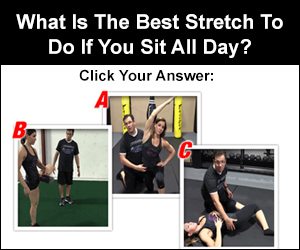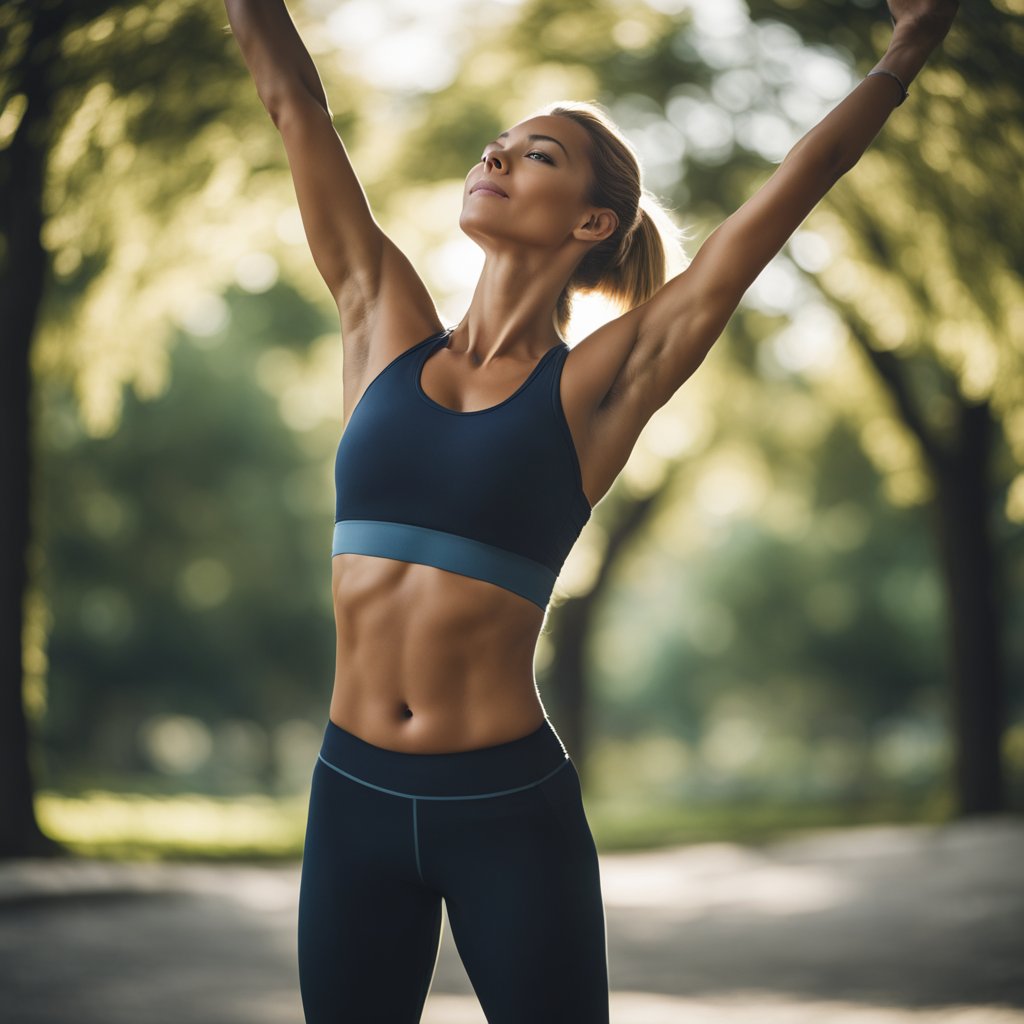Home workouts have become increasingly popular, offering a convenient and effective way to stay fit without the need for a gym membership. With the right approach, home workouts can provide a comprehensive fitness solution that rivals traditional gym routines. By leveraging bodyweight exercises and minimal equipment, individuals can achieve their fitness goals from the comfort of their own homes.

Creating a successful home workout routine requires careful planning and dedication. A well-designed program incorporates exercises that target different muscle groups and includes both strength training and cardiovascular activities. By focusing on proper form and gradually increasing intensity, individuals can make steady progress and avoid plateaus.
One of the key advantages of home workouts is their flexibility. They can be tailored to fit any schedule, allowing people to exercise at times that suit them best. This adaptability makes it easier to maintain consistency, which is crucial for achieving long-term fitness goals.
Key Takeaways
- Home workouts offer a convenient and effective alternative to gym-based fitness routines
- A well-designed home workout program includes a mix of strength training and cardiovascular exercises
- Consistency and proper form are essential for achieving fitness goals through home workouts
Setting Up Your Home Workout Space
Creating an effective home workout space requires careful consideration of location, essential equipment, and environmental factors. A well-designed area can enhance motivation and exercise performance.
Choosing the Right Space
Identify a dedicated area in your home for workouts. Look for a spot with adequate room to move freely. A spare bedroom, garage, or even a corner of the living room can work well. Ensure the space has good ventilation and natural light if possible.
Measure the area to determine how much equipment you can accommodate. A minimum of 6×6 feet is recommended for basic exercises. Clear the space of any obstacles or fragile items to prevent accidents during workouts.
Consider flooring options. Carpet can work for yoga but may hinder other exercises. Hardwood or tile floors are versatile but might require a mat for comfort and safety.
Essential Equipment for Home Workouts
Start with versatile, space-efficient equipment. A yoga mat is essential for floor exercises and stretching. Resistance bands offer a wide range of strength training options and take up minimal space.
Invest in a set of dumbbells or a single adjustable dumbbell for weight training. A kettlebell provides options for both strength and cardio workouts. Consider a stability ball for core exercises and a foam roller for recovery.
For bodyweight exercises, a pull-up bar or suspension trainer can be mounted in a doorway. These allow for a variety of upper body and core workouts without taking up floor space.
Optimizing Your Environment
Create a motivating atmosphere in your workout space. Hang a mirror to check form during exercises. Use shelving or storage bins to keep equipment organized and easily accessible.
Ensure proper lighting to maintain energy and focus. If natural light is limited, add bright, adjustable lighting options. Consider installing a fan or portable air conditioner to regulate temperature during intense workouts.
Set up a device to follow workout videos or play music. This could be a TV, tablet, or smartphone stand. Bluetooth speakers can enhance audio quality and motivation during exercises.
Designing Your Home Workout Routine
Creating an effective home workout routine requires careful planning and consideration of individual fitness goals and abilities. A well-designed program incorporates various exercise types and adapts to progress over time.
Assessing Your Fitness Level
Beginners should start with a simple fitness test to gauge their current abilities. This might include counting push-ups in one minute, timing a one-mile walk or run, and measuring flexibility with a sit-and-reach test. Intermediate exercisers can perform more challenging assessments like a timed 5K run or maximum repetition tests for different strength exercises.
Advanced individuals might track specific lifting benchmarks or complex movement patterns. Regular reassessments every 4-6 weeks help monitor progress and guide routine adjustments.
Incorporating Various Types of Exercises
A balanced home workout routine includes strength training, cardio, and flexibility exercises. Strength training can involve bodyweight exercises, resistance bands, or free weights. Beginners might start with 2-3 strength sessions per week, while more advanced exercisers can aim for 3-4.
Cardio options range from jumping jacks and burpees to using home equipment like jump ropes or stationary bikes. High-intensity interval training (HIIT) offers an efficient way to boost cardiovascular fitness in shorter time frames.
Flexibility work, including stretching and yoga, improves range of motion and reduces injury risk. It’s beneficial to incorporate flexibility exercises after each workout and on rest days.
Structuring Your Workout
A typical workout structure includes a warm-up, main exercise portion, and cool-down. Warm-ups activate muscles and elevate heart rate, preparing the body for more intense activity. The main portion can follow various formats:
- Circuit training: Performing exercises back-to-back with minimal rest
- Split routines: Focusing on specific muscle groups each day
- Full-body workouts: Targeting all major muscle groups in one session
Beginners might start with 2-3 full-body workouts per week. As fitness improves, frequency and intensity can increase. Rest days are crucial for muscle recovery and growth.
Consistency is key for seeing results. Aim for at least 150 minutes of moderate-intensity exercise or 75 minutes of vigorous activity per week, as recommended by health guidelines.
Bodyweight Exercises for Strength and Flexibility
Bodyweight exercises offer an effective way to build strength and improve flexibility without equipment. These movements target major muscle groups and can be performed anywhere.
Core Strengthening Movements
Planks are essential for core strength. Hold the position for 30-60 seconds, focusing on keeping the body straight. Side planks target obliques and improve balance.
Bird dogs enhance core stability while engaging the back muscles. Start on hands and knees, then extend opposite arm and leg. Hold for 5-10 seconds per side.
For a challenging abs workout, try bicycle crunches. Lie on your back, lift shoulders off the ground, and alternate bringing opposite elbow to knee.
Lower Body Exercises
Squats are fundamental for lower body strength. Keep feet shoulder-width apart, lower hips back and down, and push through heels to stand.
Lunges target quadriceps, hamstrings, and glutes. Step forward, lowering back knee toward the ground. Alternate legs for a full set.
Donkey kicks strengthen glutes and hamstrings. Start on hands and knees, then lift one leg back and up. Perform 10-15 repetitions per side.
Upper Body and Back Workouts
Push-ups are versatile and effective. For proper form, keep body straight and lower chest to the ground. Modify by performing on knees if needed.
Pull-ups build strong back and arm muscles. Use a doorway pull-up bar or outdoor playground equipment. Start with assisted pull-ups if necessary.
Dips work triceps and chest muscles. Use parallel bars or the edge of a sturdy chair. Lower body until arms form 90-degree angles, then push back up.
Maximizing Results with Nutrition and Recovery

Proper nutrition and recovery are essential for optimizing home workout results. These elements complement exercise to build muscle, support weight loss, and improve overall fitness.
Pairing Nutrition with Your Fitness Goals
Calorie intake plays a crucial role in achieving fitness objectives. For muscle gain, consume a caloric surplus with adequate protein. Aim for 1.6-2.2 grams of protein per kilogram of body weight daily.
Weight loss requires a caloric deficit. Reduce intake by 500 calories per day to lose about 0.5 kg per week. Focus on nutrient-dense foods to maintain satiety and energy levels.
Portion control is key for both goals. Use smaller plates and measure servings to manage intake. Include a variety of fruits, vegetables, lean proteins, and whole grains in your diet.
Timing meals around workouts can enhance performance and recovery. Eat a balanced meal 2-3 hours before exercising. Consume a protein and carbohydrate snack within 30 minutes post-workout.
Importance of Post-Workout Recovery
Recovery is vital for muscle repair and growth. Aim for 7-9 hours of sleep nightly to support hormone production and tissue repair.
Incorporate rest days into your routine. Allow 48 hours between strength training sessions for the same muscle groups.
Hydration is crucial for recovery. Drink water throughout the day and replace fluids lost during exercise.
Active recovery, such as light walking or yoga, can promote blood flow and reduce muscle soreness.
Consider foam rolling or stretching to improve flexibility and reduce the risk of injury. Spend 5-10 minutes on these activities after workouts.
Building Community and Staying Motivated
Connecting with others who share fitness goals can provide encouragement and support for home workouts. Social connections and accountability partners help maintain motivation and commitment to exercise routines.
Joining Online Workout Classes
Virtual fitness classes offer structure and guidance for at-home exercises. Many streaming platforms provide live and on-demand workout sessions led by certified instructors. These classes cover a range of activities like yoga, HIIT, strength training, and dance.
Participants can interact with trainers and other members through chat features. This creates a sense of community despite physical distance. Some popular options include Peloton, Beachbody On Demand, and Les Mills On Demand.
Online classes often require minimal equipment, making them accessible for most home exercisers. They also offer flexibility, allowing users to join at convenient times.
Benefits of a Fitness Community
A supportive fitness network provides motivation and encouragement. Members share tips, celebrate achievements, and offer advice. This camaraderie can boost morale during challenging periods.
Online communities often form around specific programs or trainers. For example, Kayla Itsines’ BBG (Bikini Body Guide) has a strong social media following. Members post progress photos and workout experiences.
These groups foster a sense of belonging and shared purpose. They can also be a source of inspiration and new workout ideas. Seeing others succeed can drive personal motivation to stay consistent with exercise routines.
Creating Accountability
Accountability partners help maintain commitment to fitness goals. This can involve regular check-ins with a workout buddy or joining an online coaching program. Some apps and platforms offer features to track progress and share results with friends.
Setting specific, measurable goals and sharing them publicly can increase follow-through. Many find that announcing intentions on social media or to a support group adds extra incentive to stay on track.
Personal trainers, even in virtual settings, provide personalized accountability. They can adjust workout plans, offer feedback, and provide encouragement. This professional guidance can be crucial for staying motivated and avoiding plateaus.

